I must confess that I adore weeds. That’s my confession (winky smile). Whether they are alien plants (most are originally from somewhere else), considered noxious invasives (defined by the Ontario government as “harmful alien species whose introduction or spread threatens the environment, the economy, or society, including human health”) or aggressive natives (such as Virginia Creeper), I admire their spunky competitive spirit, their creative ways to survive new places and their adaptive acumen to environmental changes (including climate change).
What Makes a Weed a Weed?
Weeds are mostly pioneer species with traits allowing them to thrive in recently-disturbed habitats associated with specific stresses (e.g., temperature extremes, exposed subsoil, poor moisture retention and hardpan, etc.). Mohler (2001) lists several evolved mechanisms that weeds possess to cope with these stresses and to exploit conditions of disturbance:
- Rapid seed germination in response to light or other stimuli that indicate recent soil disturbance and absence of competing vegetation (bare soil)
- Rapid growth and formation of mature seeds, vegetative propagules, or both
- Ability to take up and utilize large amounts of soluble nutrients
- Prolific seed production (up to hundreds of thousands per plant) that ensures survival of some progeny
- Seed characteristics that promote wide dispersal, such as small size, ability to pass unharmed through animal digestive tracts, burrs that attach to fur or clothing, and feathery structures for wind dispersal
- Seed dormancy mechanisms and seed longevity in the soil that allow seeds to “wait” for favorable growth conditions before germinating
- Ability to regrow or reproduce from small fragments of root, rhizome (underground stem), tuber, or other underground structures
- High tolerance to stresses, such as low or excessive levels of certain nutrient elements in the soil; drought, waterlogging, or temperature extremes; or repeated grazing, mowing, or tillage.
A weed is generally defined as a wild plant that grows where it isn’t wanted (by certain humans) and competes with cultivated plants. Given that this definition is human-centric and based on personal choice and judgment of what is beautiful and useful, weeds tend to be wrongfully maligned and are often conflated with badness.
Most of the weeds we encounter in meadows, roadsides, unkempt lawns or gardens, disturbed sites and abandoned lots in fact provide valuable ecosystem services in habitat regeneration by protecting soil, replenishing organic matter, absorbing and recycling nutrients that would otherwise have leached away, and restoring biodiversity in the soil. Their ecosystem services include servicing wildlife and pollinators—all of this often unrecognized by humans. Most weeds are an essential part of urban ecosystems and their success in disturbed environments will help us in the long run.
Mark Schonbeck of the Virginia Association for Biological Farming wisely tells us in his article An Ecological Undersanding of Weeds on eOrganic that:
“If it weren’t for weeds, the world would have lost more topsoil than it has to date, and humankind might have suffered mass starvation by now. Why? Because the plants we call weeds do a vital job in ecosystems: they quickly establish in, protect, and restore soil that has been left exposed by natural and human-caused disturbances. Watch any logged-over area in the Appalachian region of the eastern United States, and you will see precious topsoil washing away in each heavy rain—until the brambles (Rubus spp.), greenbrier (Smilax spp.), pokeweed (Phytolacca americana), poison ivy (Toxicodendron radicans), and other brushy weeds cover the ground with their impenetrable tangle. Other regions have their own characteristic guilds of pioneer plants that start the restoration process after timber harvest, natural disaster, or other disturbance has stripped the soil of vegetation. These pioneer plants initiate the process of ecological succession that, if left uninterrupted, will eventually restore the climax plant community native to the region: forest, savanna, prairie, chaparral, and so forth.”
Preston Sullivan (2003) argues that, “Modern crop agriculture is typified by large acreages of a single plant type, accompanied by a high percentage of bare ground—the ideal environment for annual weeds to prosper in the first stage of succession. Holding succession at bay in these unstable agroecosystems can be managed only with big investments in cultivation, mowing, herbicides, and fertilizers.”
Again, Schonbeck eloquently argues that:
“Weeds are Nature’s way of covering soil that has become exposed by fire, flood, landslide, clear-cutting, clean tillage, or other disturbance. Bare soil is hungry and at risk. The soil life, so vital to soil fertility, goes hungry because the normal influx of nourishing organic compounds from living plant roots has been cut off for the time being. The exposed soil surface is at risk of erosion by rain or wind, especially if root systems have also been removed or disrupted. Pioneer plants—what we call weeds—are those species that can rapidly cover bare soil and begin performing one or more of the following vital ecological functions:
- Protect the soil from erosion
- Replenish organic matter, and feed and restore soil life
- Absorb, conserve, and recycle soluble nutrients that would otherwise leach away
- Absorb carbon dioxide from the atmosphere (see sidebar)
- Restore biodiversity
- Provide habitat for insects and animals”
“It is important to understand that this flush of weed growth is, in effect, a healing response to land disturbance after either natural disaster or human activity leaves the soil vulnerable to erosion or degradation.”
Schonbeck
All this to say that weeds are the future.
Embrace them or get left behind, along with neat patriarchal monocultures, capitalist housing developments, and neoliberal ag-biotech multinational giants.
Celebrating Weeds
To celebrate the weeds of my urban environment, I walked a section of the Rotary Trail through an urban forest from a housing complex to one of the bridges of the Otonabee River in the City of Peterborough, where I currently live. I catalogued all the weeds I could identify—about thirty—within a stretch of 200 steps—about 500 feet or 152 metres.
The small urban forest consisted of mostly black walnut, black locust, sugar maple, basswood, sumac, poplar, Burr oak and Manitoba maple. A dense underbrush of honeysuckle, elderberry and dogwood comingled with dense Virginia creeper and periwinkle and, in one area, an entire field of vivid Orange Day Lilies. I identified thirty weeds along the side of the trail. Most listed below come with some significant ecological service. Many on the list below are pioneer plants capable of living where few plants can; they provide important soil restorative services—a key feature of a healthy and biodiverse ecosystem. These plants are special and I’ve asterisked them.
I’ve left the bullies for the end…
Weeds on The Rotary Trail & Their Ecological Service
Dandelion (Taraxacum officinale): rich in nectar and pollen; one of the first sources of food following a long winter for bumblebees, solitary bees, honeybees, hoverflies, beetles, and butterflies; Goldfinches, many types of sparrows, and indigo buntings eat the seed; seeds, foliage and root is also the diet of wild turkeys, ruffed grouse, rabbits, white-tailed deer, porcupines, mice, eastern chipmunks, and even squirrels; entire plant is edible for humans. The wide-spreading roots of Dandelions loosen hard-packed soil, aerate the earth and help reduce erosion.
Blackberry* (Rubus moluccanus): fruit excellent food source for deer, quail, skunk, red foxes, raccoons, chipmunks, ruffed grouse, squirrels, woodcock, robins, cardinals and other birds; browsed by deer.
Prickly Wild Rose (Rosa acicularis): flowers beneficial for pollinators such as bees and butterflies; rose hips are eaten by birds and small mammals; rose hips are eaten through autumn and early winter by coyotes, bears and other wildlife. The plant provides nesting places for birds and seclusion for Its deep root system makes it valuable for controlling erosion and stabilizing loose soil.
Canada Goldenrod (Solidago canadensis): top-ranked herbaceous plant for biodiversity, providing important late-season nectar and pollen for pollinators; host plant for caterpillars of over 100 butterfly and moth species; important nectar and pollen source for bees, flies, wasps, butterflies, and hummingbirds; more than 11 native bee species feed specifically on the plants, and in the fall, monarch butterflies depend on them for nectar to fuel their long migrations; seeds are eaten in winter by songbirds.
Catnip (Nepeta cateria): attracts bees and other pollinators; American goldfinch eat the seeds. Of course, most domestic cats go gaga for this wild herb. Humans also make a meditative catnip tea.
Bull Thistle* (Cirsium vulgare): provides abundant nectar for pollinators of all sorts; American goldfinch eats the seeds and uses the thistle down (the pappus) to line its nest.
Canada Thistle* (Cirsium arvense): good source of nectar and pollen for honey bees and butterflies; butterflies and moths eat the leaves; equal or greater than alfalfa in nutrition; sheep and goats eat the tender young thistles and flowers.
Chicory* (Cichorium intybus): excellent food value for wildlife; flower good source of pollen and nectar for bees, flies, wasps, and butterflies; deer and rabbits and other animals browse the leaves, flowers and stems of this plant.
Pineapple Weed* (Matricaria matricariodes): blooms are attractive to tiny syphrid flies.
Bladder Campion (Silene vulgaris): attractive to wildlife;nectar sought for by bumble bees, butterflies andhoverflies; edible for humans.
Sweet White Clover (Melilotus alba): attractive to bees, bumblebees and butterflies; provides good food for White-Tailed deer, cottontail rabbit, elk, and antelope; good nesting habitat for pheasants, grouse, and other birds.
Red Clover (Trifolium pratense): all parts are an important food source for a variety of wildlife such as bees, deer, groundhogs, rabbits, foxes, partridge, some butterflies, moths, and insects; flower an important source of pollen and nectar for bumblebees, honeybees, carder bee, butterflies, moths and insects; seeds eaten by small birds such as sparrows, horned larks, and mourning doves; wild turkey, Canada geese, ruffed grouse eat foliage, flowers, and seeds. Deer rely on the plant for its high protein content. This plant often indicates soil low in nitrogen, which it helps regenerate through its nitrogen fixation.
Queen Anne’s Lace (Daucus carota): used by native animals as food; woodland vole, ruffed grouse and American goldfinch eat the seeds; host plant for eastern black swallowtail caterpillars and many butterflies; bees use its nectar. This plant attracts predatory wasps, flies and lady beetles which prey on pest insects such as aphids.
Riverbank Grape (Vitis riparia): valuable as a source of cover and food to many insects and animals; flowers provide nectar and pollen to bees, particularly sweat bees, and wasps; grapes eaten by songbirds, waterfowl and small mammals.
Black Medick* (Medicago lupulina): nutritious legume for grazing animals; provides a rich source of pollen and nectar and is visited by all types of bees, and different species of butterflies and moths; weevils, true bugs and lepidoptera, leaf-mining and gall midge flies use it for food.
Broadleaf Plantain* (Plantago major): attracts wildlife; leaves and seeds eaten by rabbits, deer, groundhogs, and birds. This weed typically grows in compacted soils with low fertility; it has evolved from being trampled and can grow on compacted soil, helping it to regenerate.
Ribwort Plantain* (Plantago lanceolata): leaves eaten by variety of wildlife such as rabbits and deer; seed heads, which remain for much of winter, are eaten by Goldfinches and other seed-eating birds; important host plant for some butterflies; flowers are a good source of pollen for a variety of bees and butterflies.
Yellow Wood Sorrel* (Oxalis stricta): seeds eaten by deer, rabbits, birds and insects; Mourning Doves eat the seeds, leaves and bulbs; nectar and pollen of flowers attract Halictid bees, other bees and flower flies, and butterflies; foliage browsed by White-Tailed Deer and Cottontail Rabbit.
Field Pennycress* (Thlaspi arvense): nectar of flowers attracts small bees and flies; caterpillars of some butterflies and moths use the plant as a host; Mourning Doves eat the seeds.
Virginia Creeper* (Parthenocissus quinquefolia): many birds feed on the berries and many animals—deer, squirrels, mice, deer, skunks, chipmunks—feed on the stems and leaves. The berries provide an important winter food source for birds. The thick foliage provides shelter for wildlife.
Poison Ivy* (Toxicodendron radicans): many songbirds and woodpeckers are fond of poison ivy berries; wild turkeys, crows, and bobwhite quail rely on poison ivy berries in winter along with small mammals such as chipmunks; deer depend on poison ivy leaves as a food source; black bears, raccoons, rabbits, and muskrats also eat the leaves and stems; the emerald moth uses it as a host plant; flowers are used by a variety of pollinators and the nectar is used by bees, flies, wasps, and butterflies. The ivy provides shelter for lizards and tree frogs and as cover by birds and rabbits.
Common Milkweed (Asclepias syriaca): a mega food market for insects; over 400 insects feed on some portion of the plant; chief host for Monarch butterfly; pollen and nectar source for hummingbirds, butterflies, bees, wasps and beetles—many of which are predators of pests like aphids, slugs, whiteflies and mealybugs.
Yarrow* (Achillea millefolium): flowers a good source of pollen and nectar for butterflies, bees and predatory insects of pest insect species; serve as habitat for ladybugs and butterflies.
Common Burdock (Arctium minus): pollen is collected by bumblebees, honeybees, Miner bees and Leaf-cutting bees; the foliage is eaten by the caterpillar of he Painted Lady butterfly; seeds are eaten by wild turkeys and rabbits.
Curly Dock (Rumex crispus): valuable food source for butterfly caterpillars; leaves eaten by rabbits, grasshoppers; seeds eaten by birds; Bordered Patch butterflies use it as a host for their larvae; seed heads are an important food source for wildlife in winter.
Bittersweet Nightshade (Solanum dulcamara): berries provide an important fall and winter food source by birds; leaves eaten by rabbits and livestock.
Rough Avens (Geum laciniatum): browsed by deer; nectar and pollen attract bees, wasps and flies.
Bully Weeds
I also found an abundance of several rather less than desirable weeds, some considered noxious invasive species that reduce ecosystem biodiversity and impact wildlife use of an ecosystem. These included the Dog-Strangling Vine/Pale Swallowwort (Vincetoxicum rossicum), Garlic Mustard (Alliaria petiolate), Sulphur Cinquefoil (Potentilla recta), Tatarian Honeysuckle (Lonicera tatarica), Orange Daylily (Hemerocallis fulva), and Periwinkle (Vinca spp.).
Pale Swallowwort / ‘Dog-Strangling Vine’ (Vincetoxicum rossicum): as the name suggests, this vine grows aggressively by wrapping itself around trees and other plants. It spreads rapidly in ravines, hillsides, fence lines, stream banks, roadsides and utility corridors. This ‘pitbull’ of the plant world is found in prairies, alvars, forests and woods and forms dense patches that crowd out and overwhelm native plants and young trees, compromising biodiversity of an ecosystem. The vine threatens the monarch butterfly, which lays its eggs on the plant but whose young are unable to complete their life cycle there. The vine can produce up to 2,400 seeds per square metre, which spread easily by wind; new plants can grow from root fragments.
Garlic Mustard (Alliaria petiolata): Despite all its parts being edible (it was initially introduced to North America in the mid 1800s as an edible and medicinal herb), Garlic mustard threatens biodiversity; it produces toxins that prevent some plants from germinating and growing. It changes the composition of the litter layer of the forest floor, reducing habitat for ground-nesting birds and affecting habitat for salamanders and other forest floor-dwelling animals. It also interferes with the growth of fungi that bring nutrients to the roots of plants.
Sulphur Cinquefoil (Potentilla recta): most wildlife avoid grazing this unpalatable plant due to high tannin content; some sources suggest that this plant can produce dense populations that disrupt natural food web, lower biodiversity and decrease forage for wildlife.
Tatarian Honeysuckle (Lonicera tatarica): despite its berries being attractive to wildlife (they are eaten by robins, starlings, cedar waxwings and other birds), this weed threatens native habitats; it grows quickly and forms thick, impenetrable mas that smother its competitors. Problems reported with the invasion of this dense-growing weed include depletion of soil moisture and nutrients, release of allelopathic chemicals that chemically alter the growth of native plants, and reductions in the density of tree seedlings in the area. The wood of Tatarian Honeysuckle invokes a behavioural response similar to that of catnip in some domestic cats.
Orange Daylily (Hemerocallis fulva): an ornamental cultivar from Asia that has escaped and successfully invaded woods, forests, roadsides and ditches. Flowers are attractive to bees, butterflies, flies and hummingbirds; some suggest that gardeners trade the invasive orange daylily with butterflyweed (Asclepias tuberosa), a native plant with high wildlife value.
Periwinkle (Vinca spp.): attractive to wildlife and provides cover for small animals such as rodents and birds; flowers provide a rich source of nectar and pollen for bees, butterflies, moths and other insects. Periwinkle spreads rapidly and once established may choke out native plants and interfere with regeneration of trees and shrubs.
References:
Mohler, C. L. 2001a. Weed life history: Identifying vulnerabilities. p. 40–98. In M. Liebman et al. Ecological management of agricultural weeds. Cambridge University Press, New York.
Sullivan, P. 2003. Principles of sustainable weed management for croplands [Online]. ATTRA Publication #PO39. National Sustainable Agriculture Information Service. Available at: https://attra.ncat.org/product/principles-of-sustainable-weed-management… (verified 7 Jan 2020).

Nina Munteanu is a Canadian ecologist / limnologist and novelist. She is co-editor of Europa SF and currently teaches writing courses at George Brown College and the University of Toronto. Visit www.ninamunteanu.ca for the latest on her books. Nina’s bilingual “La natura dell’acqua / The Way of Water” was published by Mincione Edizioni in Rome. Her non-fiction book “Water Is…” by Pixl Press (Vancouver) was selected by Margaret Atwood in the New York Times ‘Year in Reading’ and was chosen as the 2017 Summer Read by Water Canada. Her novel “A Diary in the Age of Water” was released by Inanna Publications (Toronto) in June 2020.


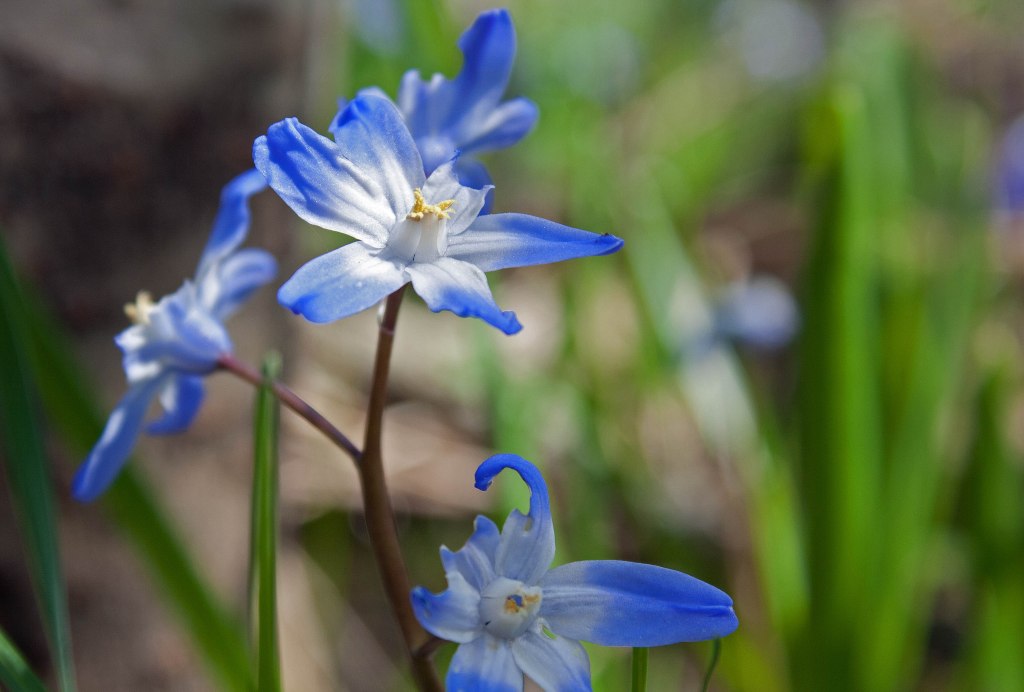
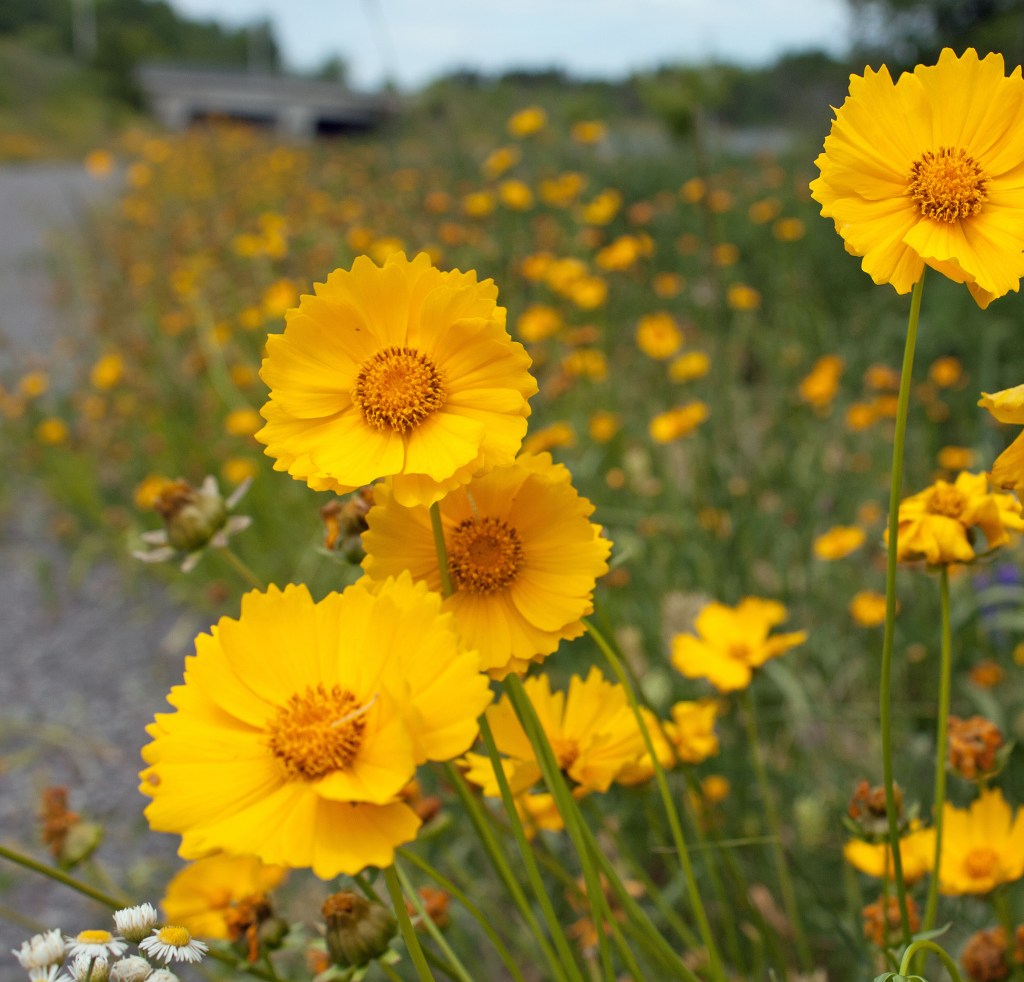

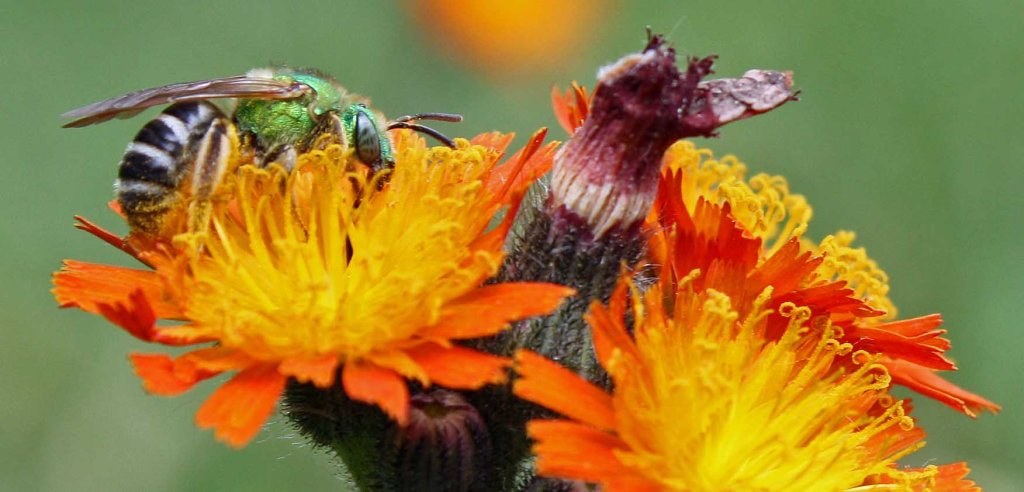
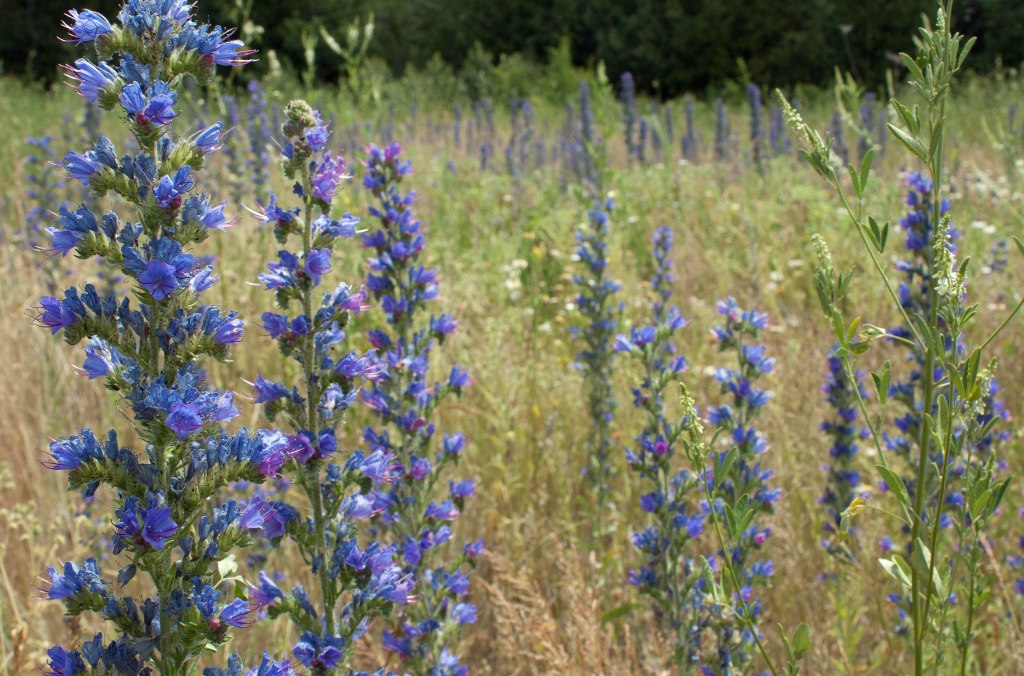







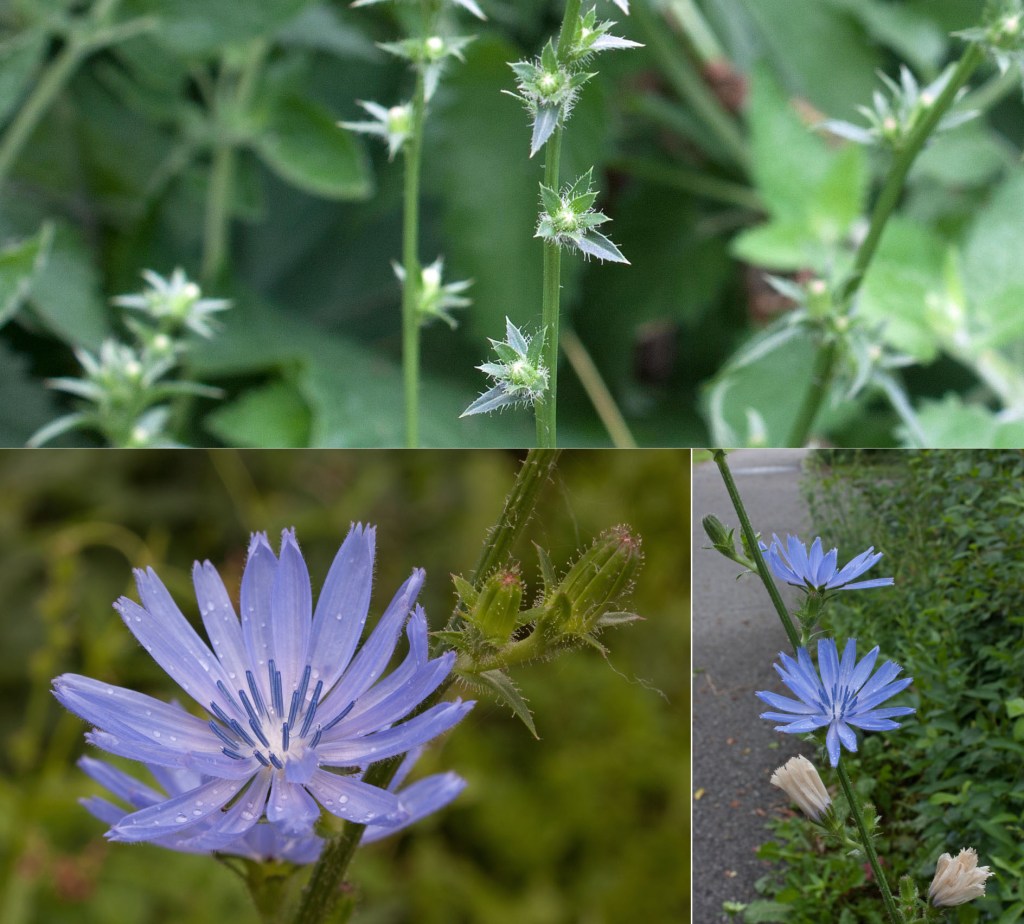





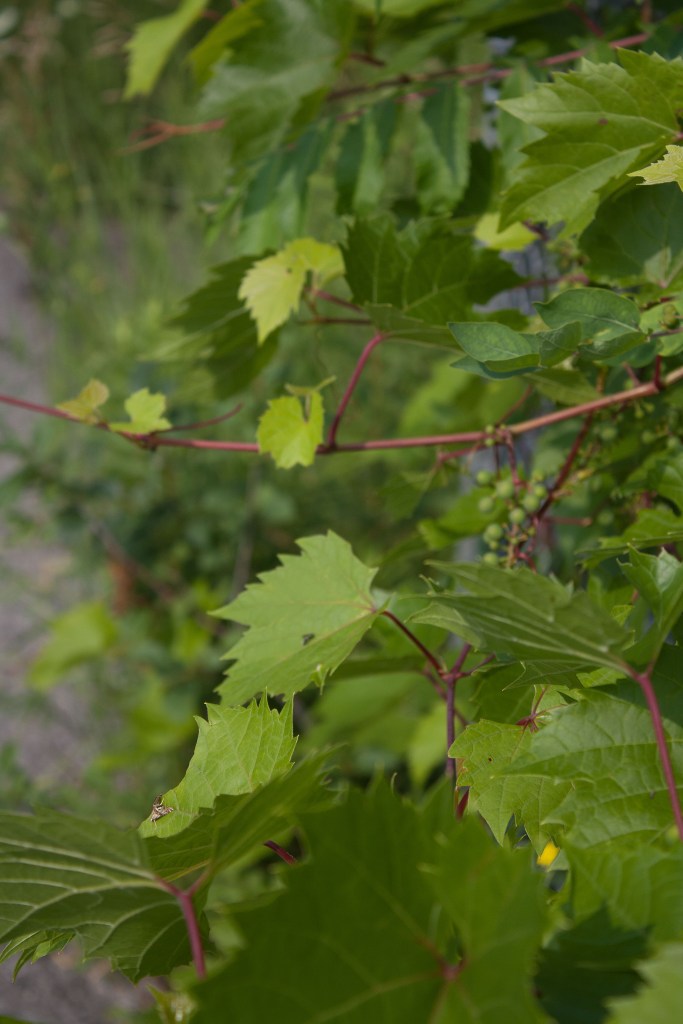

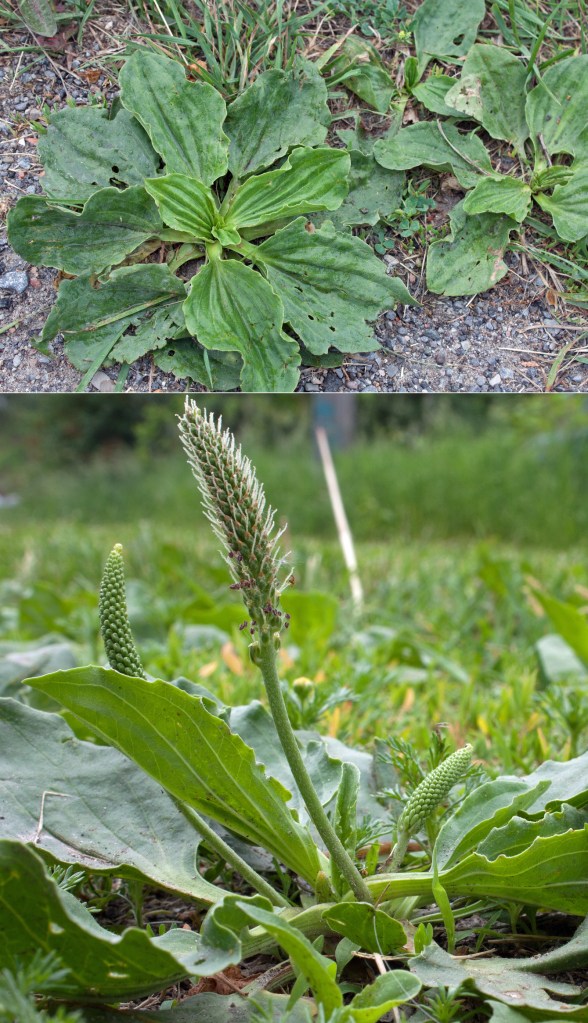





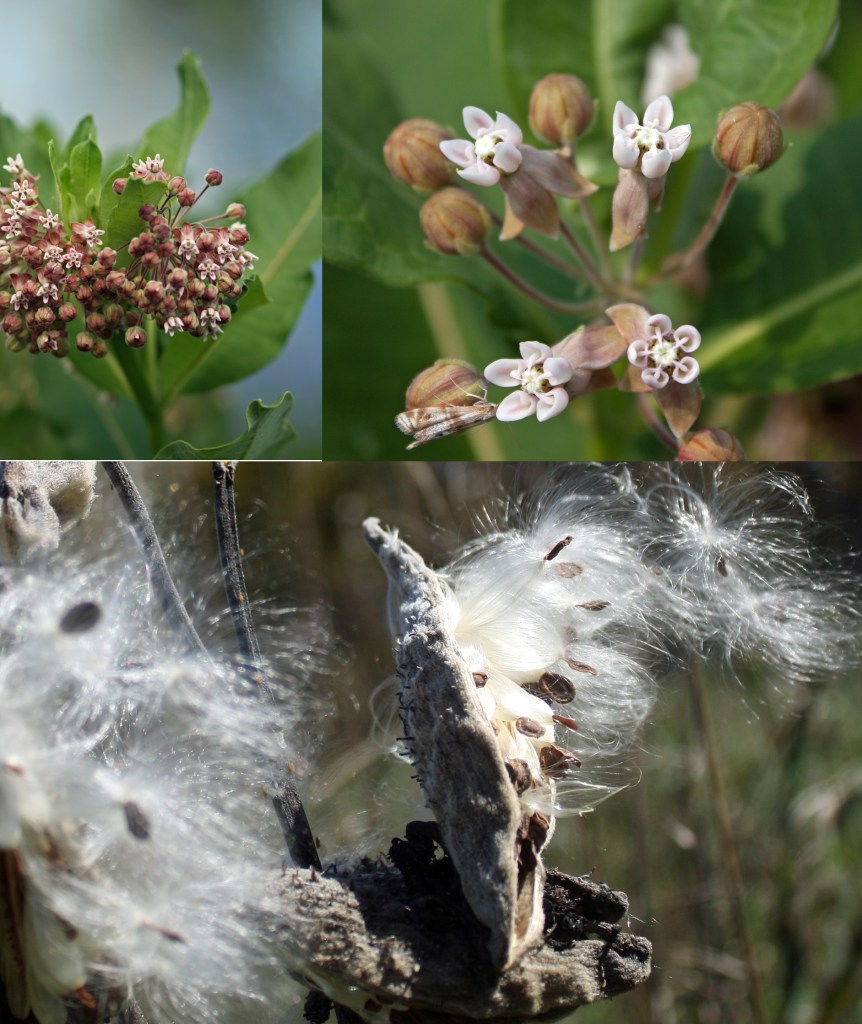






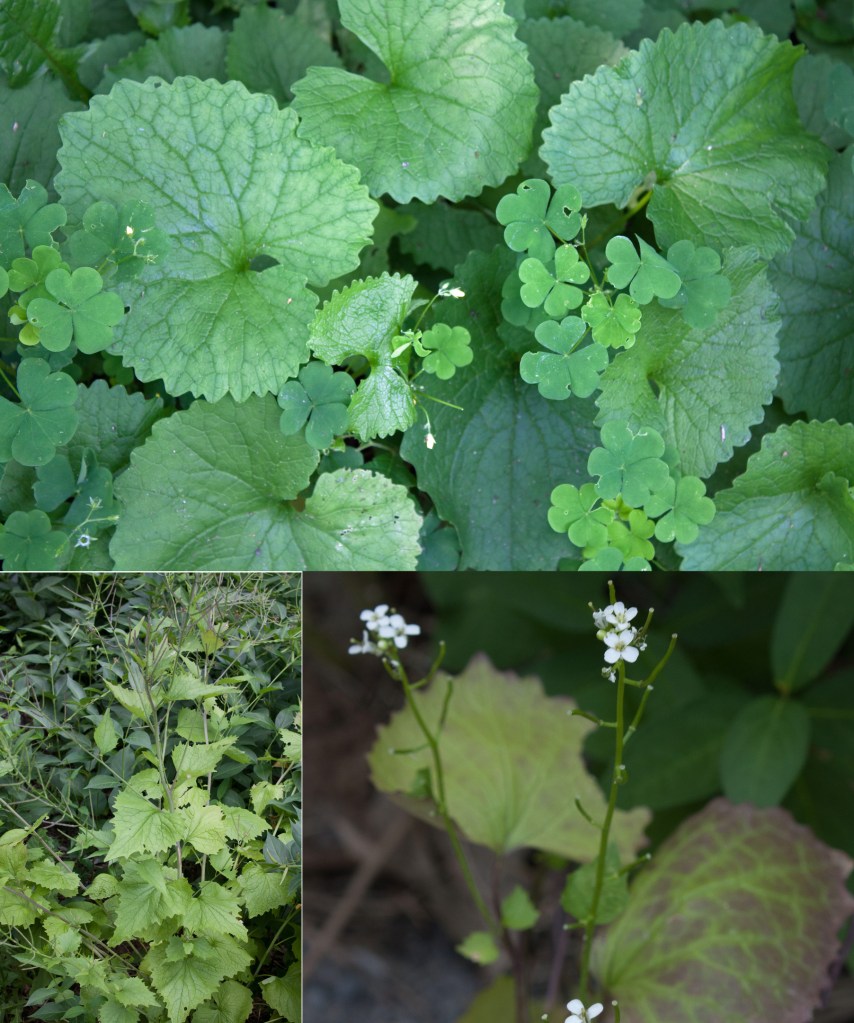

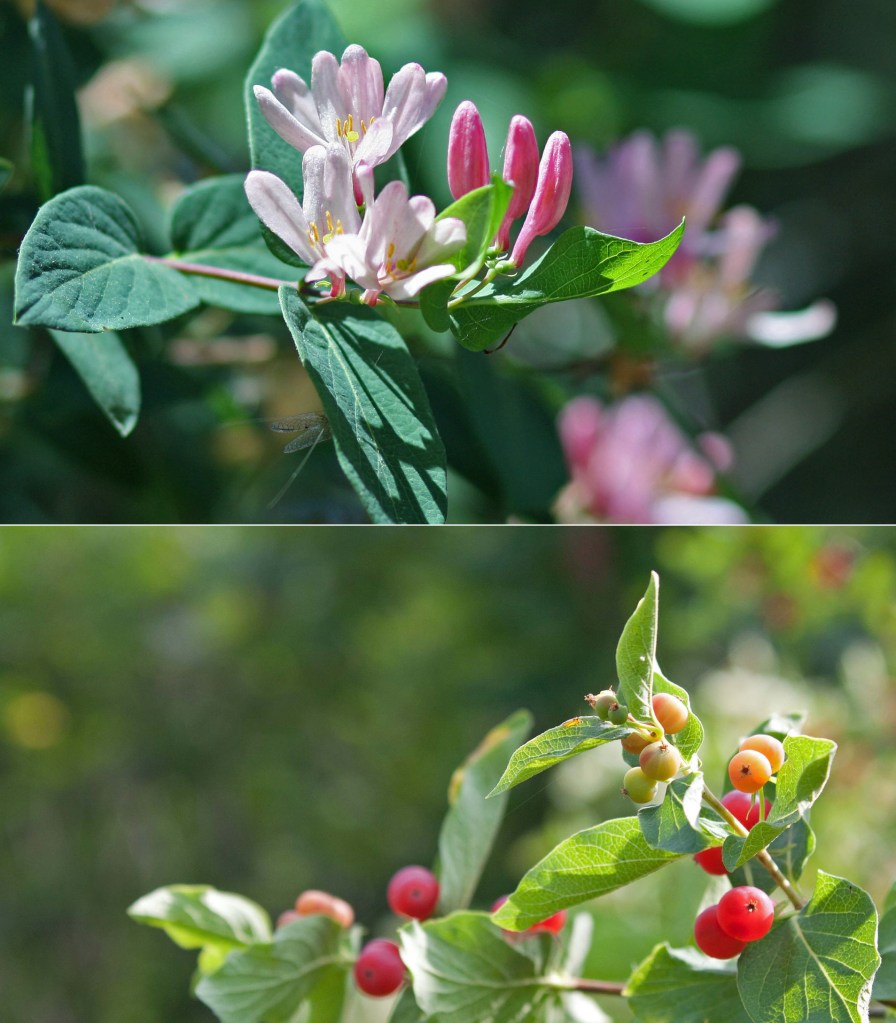


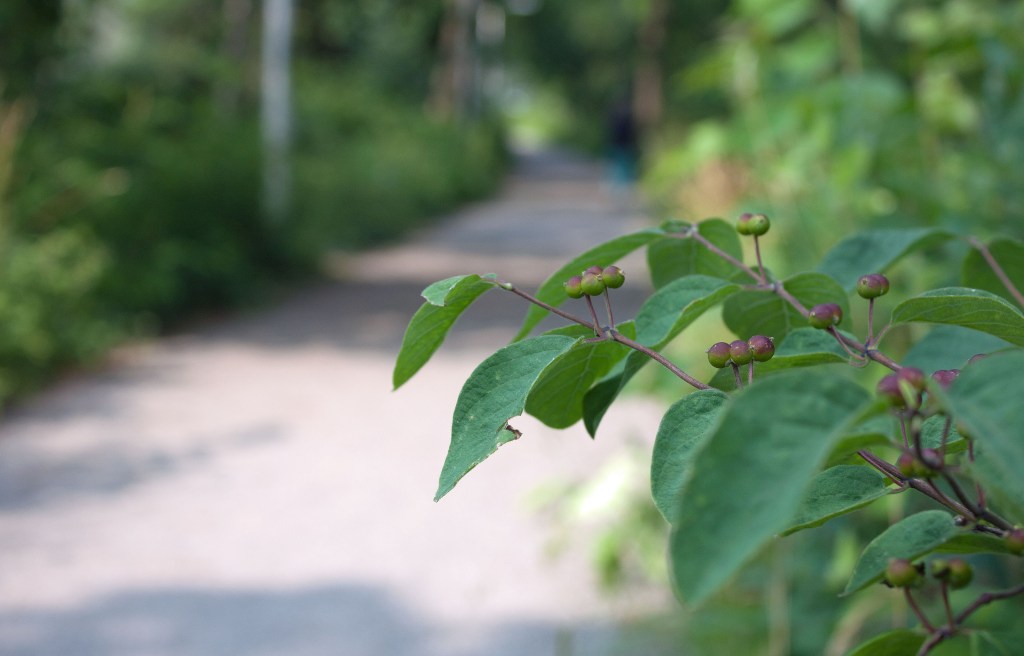

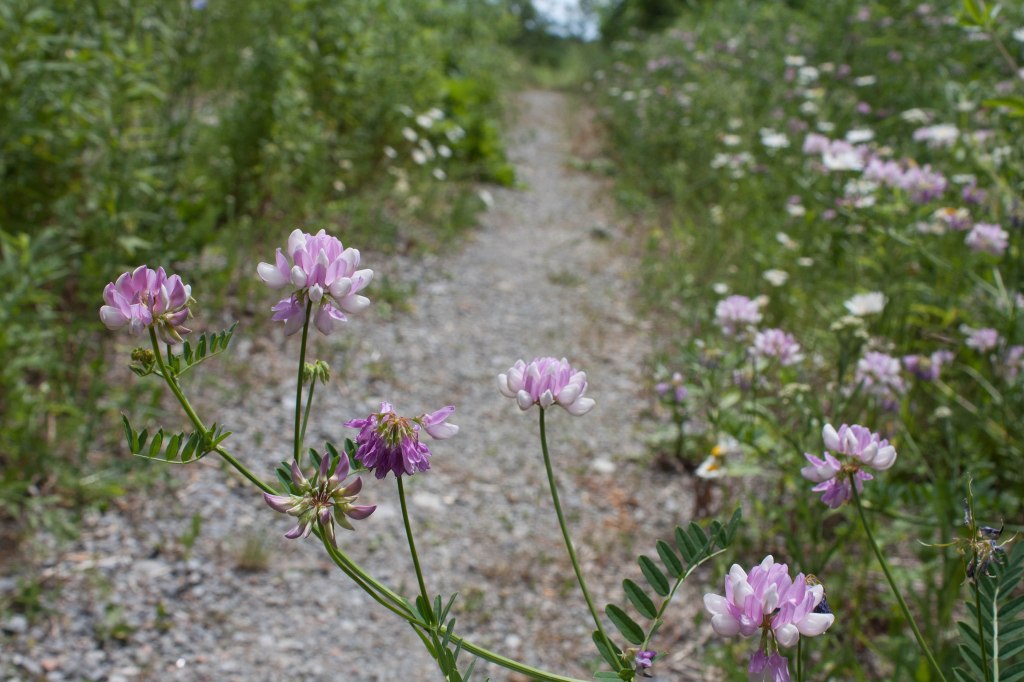
I take this article as a challenge to identify as many plants as I can along the path in my local park. Most important is to be able to identify poison ivy! But some local weeds with tiny flowers reveal a stunning beauty — if only you look closely!
LikeLiked by 1 person
Yes, poison ivy is very good to recognize, particularly in the disturbed environments of Ontario’s urban forests: “Leaves of three, let it be…” Looking closely to find those tiny flowers is fun to do and slows one down … always a good thing when enjoying nature…
LikeLike